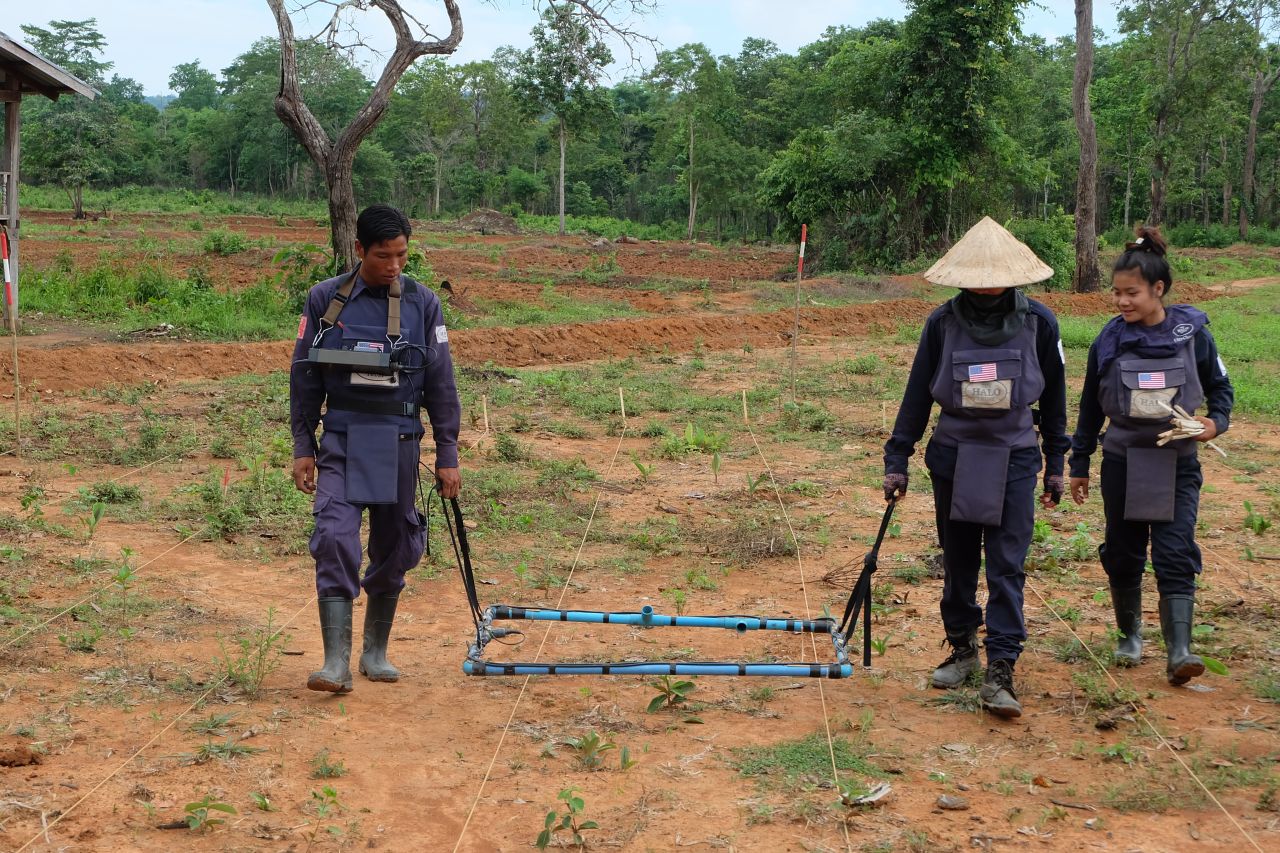Laos has a serious problem: 80 million unexploded ordnances (UXO). Although the population has found solutions to adapt to the situation, Laos still struggles to cope with the problem of UXO.
Laos holds one of the most critical records in the world: it is the country with the highest per capita number of unexploded ordnance (UXO), having about 80 million UXOs still scattered across the country. According to the Japanese Foreign Ministry, more than two million tons of bombs were dropped on Laos during intense air raids in the Vietnam War period. To be precise, it is estimated that between 1964 and 1973, the U.S. Air Force dropped 270 million cluster bombs on Laos. The goal of the Americans was, on the one hand, to prevent the Laotian allies of the Vietnamese communists from winning the civil war in Laos and, on the other hand, to block supplies moving from Laos to Vietnam. According to some estimates, Laotians saw their land bombed every eight minutes, 24 hours a day, for nine years.
Of these bombs, about 30% are still unexploded, posing a serious danger to Laos’ citizens. In fact, in the country, there are numerous casualties from these unexploded ordnances every year. Although the government has only started keeping track of deaths caused by UXOs since 2008, the website "Legacies of war" estimates that in Laos, since the end of the war, more than 20 thousand people have been killed or injured by unexploded ordnance. Sometimes UXOs explode because they are unearthed accidentally by farmers tilling fields or during ordinary everyday moments (such as cooking outdoors in the vicinity of a UXO).
Unfortunately, about 40% of UXO victims are children. For example, in 2021, an unexploded ordnance injured Soupha, a 9-year-old boy, and killed two of his friends. The children had started playing with the bomb mistaking it for a ball. In fact, each cluster bomb is usually composed of 200 sub-munitions. For this reason, often, these unexploded ordnances have the modest size of a tennis ball seeming harmless in the eyes of children.
Even in urban centres, Laos’ citizens are accustomed to dealing with unexploded ordnance. For example, a few days after the start of 2023, specialists from the Laotian army found an unexploded ordnance (UXO) in the centre of the northern city of Kasi. The military had to isolate the entire surrounding area to remove the cluster bomb.
Throughout the years, Laotian people, therefore, started to adapt to the presence of unexploded bombs and mines, even trying, in some cases, to take advantage of them. For example, Kommaly Chanthavong, founder of a cooperative that produces silk, has tried to teach her fellow citizens how to defuse bombs to cultivate fields and plant mulberry trees to feed silkworms safely. Other Laotians use these unexploded ordnances as raw material to create cutlery or jewels. For example, La lok Phengparkdee, a 23-year-old boy, collects unexploded bombs and makes spoons from them. The boy reveals that his father started this odd job in 1978 and that he is continuing this family tradition. Also the Italia association: "No war factory" plays a part in the process of transformation of bombs. This association directly purchases handmade jewellery produced by some families in Laos using war scraps. Once this jewellery is imported into Italy, it is enriched with stones and sold on the Italian market. In this way, the association helps the Laotian economy also by donating a portion of the profits to the MAG (Mines Advisory Group) association, which has been working on ordnance removal in Laos since 1994.
Unfortunately, despite the efforts made by the population over the years to adapt to this situation, unexploded ordnance remains a complex problem for one of the world's poorest countries, where people often live on less than $1.25 a day. In fact, 70% of the population lives in rural areas where the fields necessary for cultivation are often unusable because of the tens of millions of unexploded bombs. Moreover, despite assistance from countries such as Japan, the United States and others, the government does not have enough resources to initiate a continuous and effective UXO removal campaign.






